ASUS ROG Phone 6D Ultimate vs. ROG Phone 6 Pro: Which should you buy?
ASUS has two standout options powered by the latest Qualcomm and MediaTek hardware.

Best of MediaTek
The ROG Phone 6D Ultimate shows off the might of the Dimensity 9000+, delivering outstanding performance across the board. Combine that with a new internal cooling system and bundled AeroActive Cooler, and you get the best thermal headroom of any gaming phone.
For
- Dynamic 165Hz AMOLED screen
- Powerful MediaTek hardware
- 16GB RAM/512GB storage
- Useful gaming-focused additions
- Great thermal management
- AeroActive Cooler bundled by default
- Clean software
Against
- Limited software updates
- Costly for what you get
- Not coming to North America
- No wireless charging
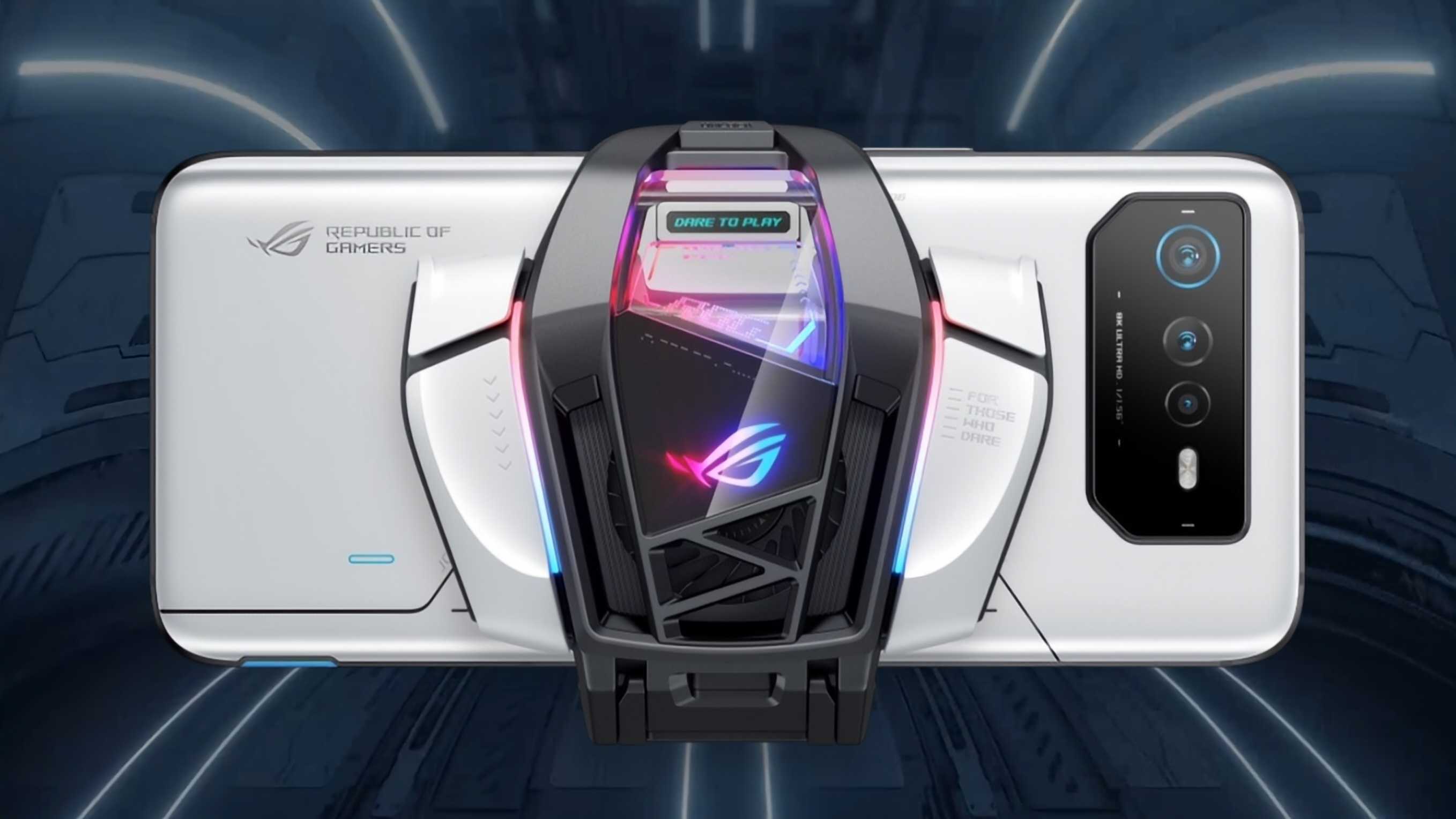
Best of Qualcomm
The ROG Phone 6 Pro goes toe-to-toe with the 6D Ultimate, delivering the same fundamentals but with Qualcomm hardware. You're not missing out on much here, and the device continues to be a stellar choice if you need a new gaming phone.
For
- Same 165Hz AMOLED screen
- Latest Qualcomm hardware
- 18GB RAM/512GB storage
- Useful gaming extras
- Clean software
Against
- No AeroActive Cooler in the box
- Limited software updates
- No wireless charging
ASUS is taking a slightly different strategy with its gaming phones this year. The ROG Phone 6 series launched earlier in the year powered by Qualcomm's latest Snapdragon 8+ Gen 1, and the Taiwanese manufacturer is following it up with the ROG Phone 6D series, featuring the MediaTek Dimensity 9000+. In doing so, ASUS is giving its customers the ability to choose between the best that Qualcomm and MediaTek have to offer at the moment. I used both devices extensively, and this is what you need to know about ASUS's 2022 gaming phones.
ASUS ROG Phone 6D Ultimate vs. ROG Phone 6 Pro: What's the same
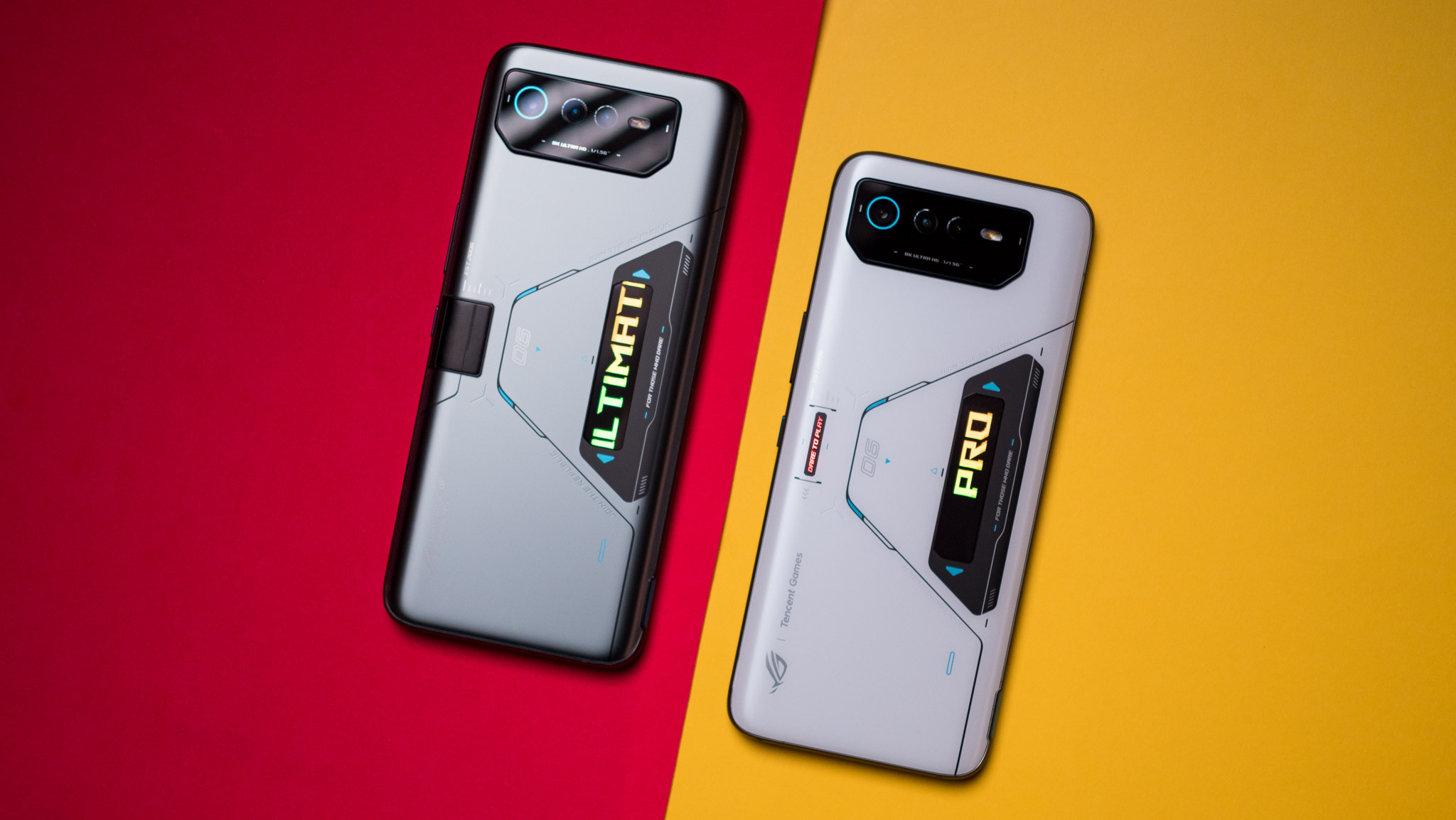
Right off the bat, it's evident that ASUS didn't make too many changes to the design itself. The ROG Phone 6D Ultimate is meant to slot in alongside the ROG Phone 6 Pro in ASUS's gaming portfolio, and as such, both phones have a similar design.
They have the same aggressive styling at the back with angular lines, jagged camera cutout, and a secondary ROG Vision screen that can be customized with text or image effects.
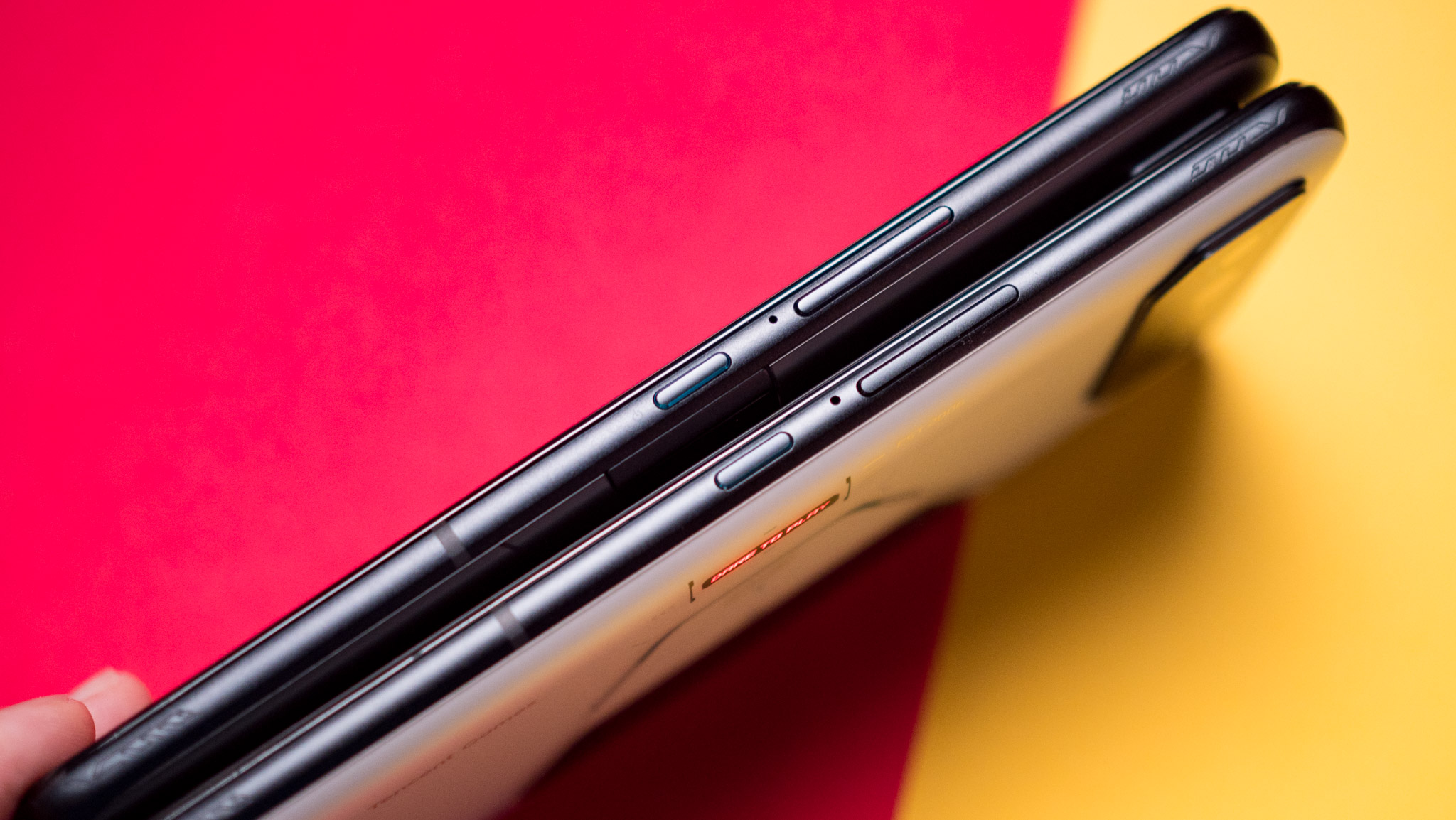
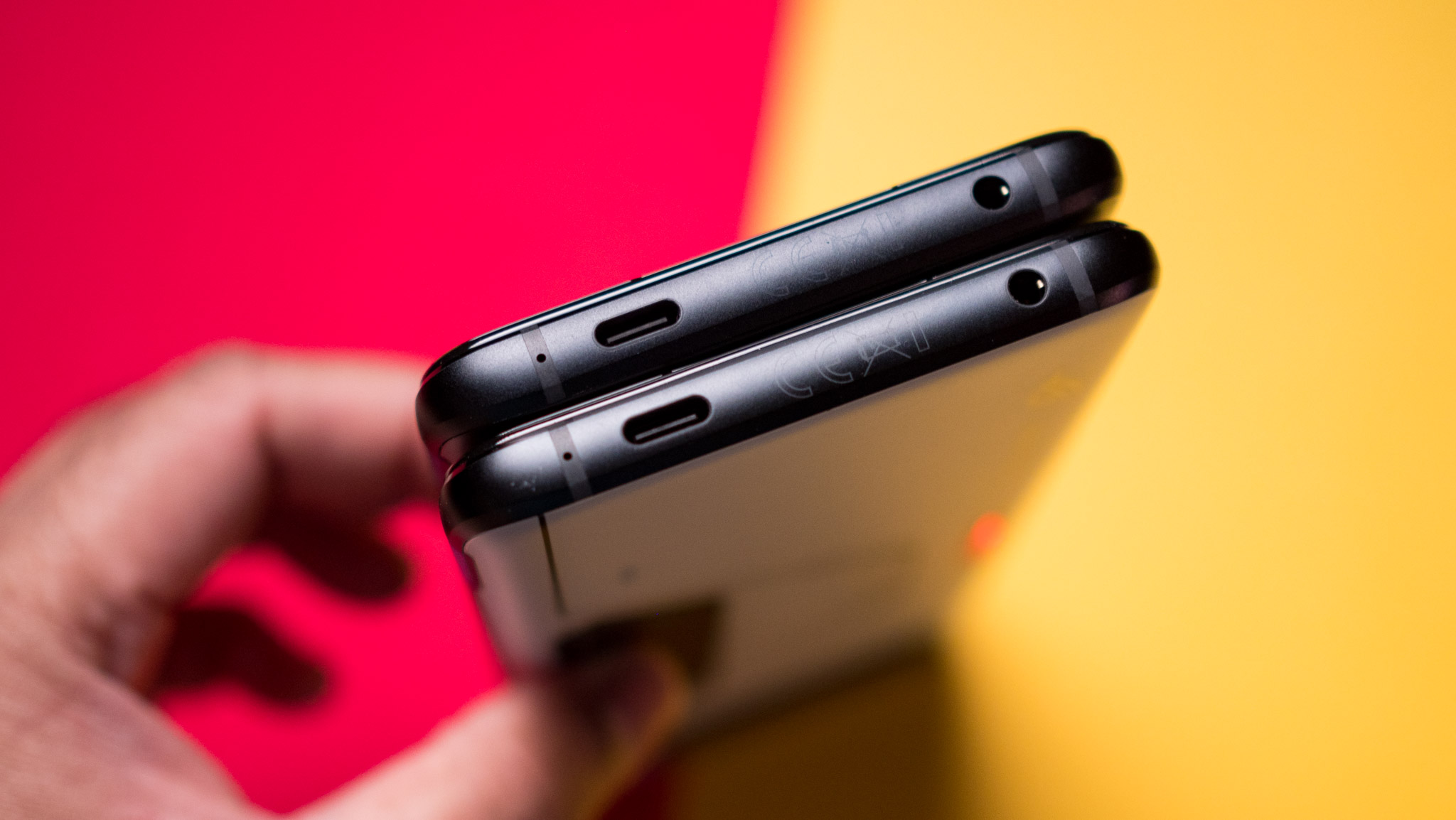
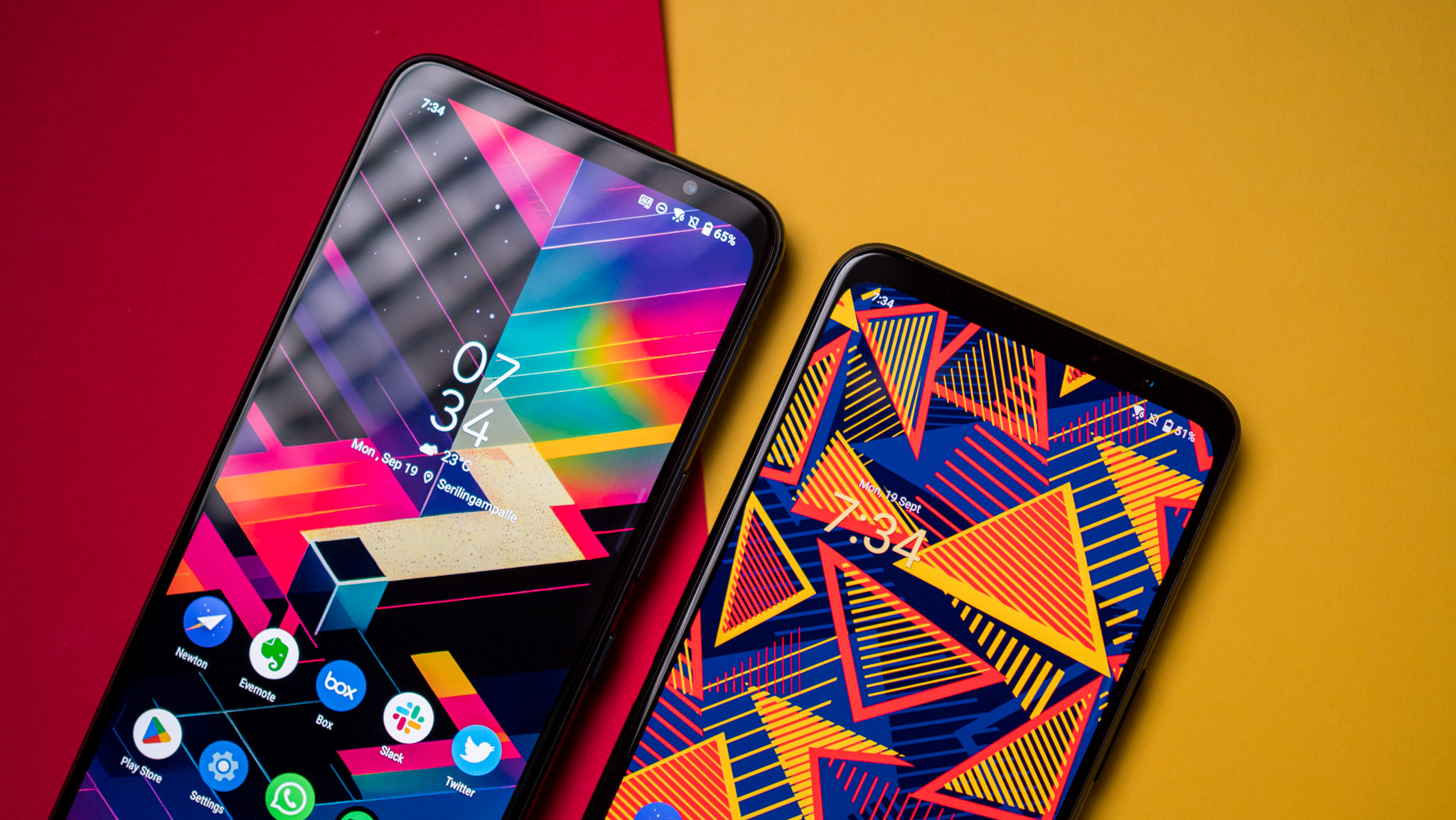
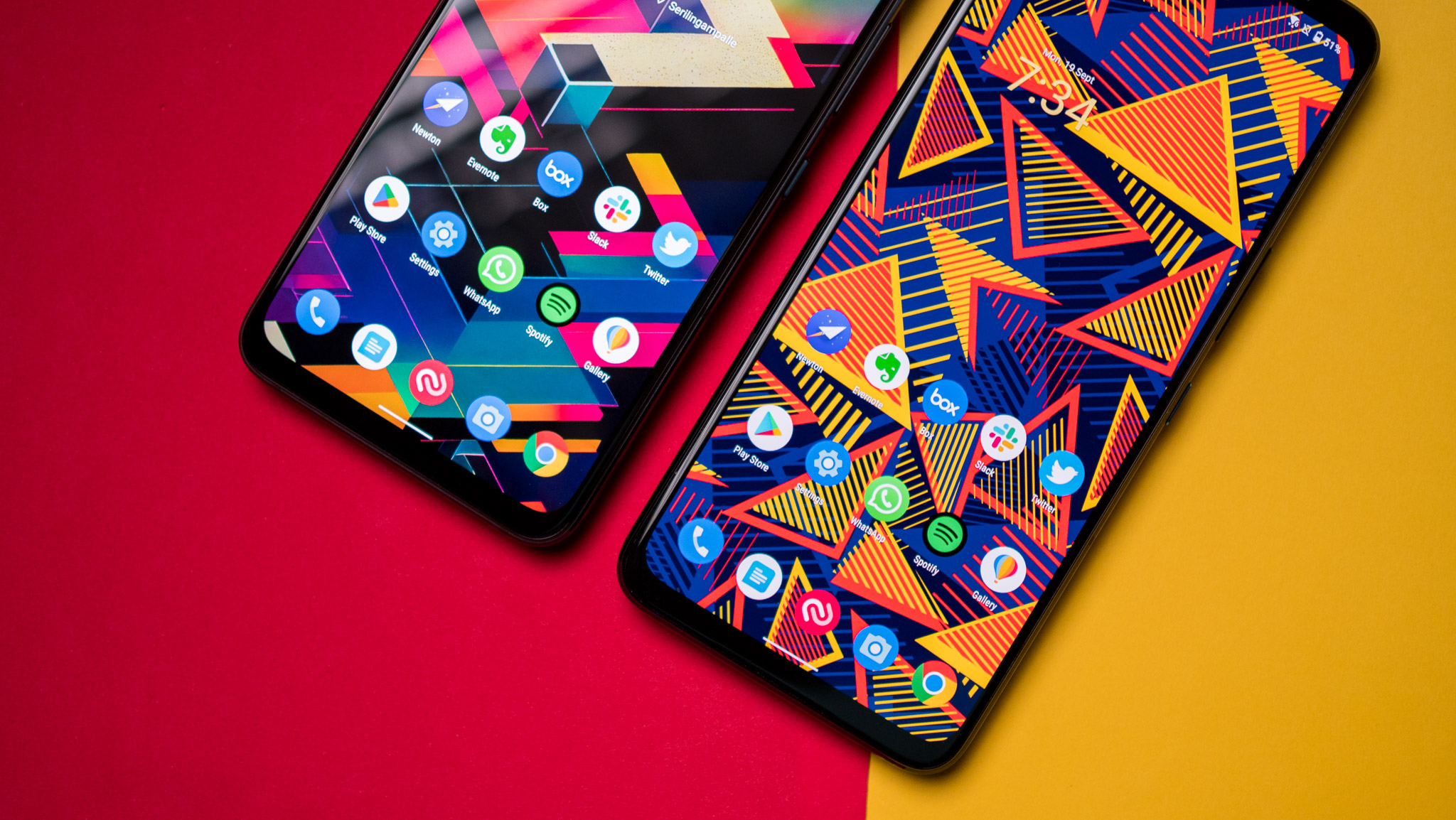
Both phones have the same dimensions as well, and they have a similar in-hand feel. The ROG Phone 6D Ultimate is slightly heavier, but both devices have excellent weight distribution and don't feel unwieldy. You get the same blue accents around the power button and the SIM card slot, the 3.5mm jack is intact on both devices, and there's a side-mounted USB-C slot.
The ROG Phone 6D Ultimate is available in a single Storm Grey color variant, while the ROG Phone 6 Pro comes in white and grey models. Both colors look good, and they share the same matte finish that feels great and doesn't leave smudges.
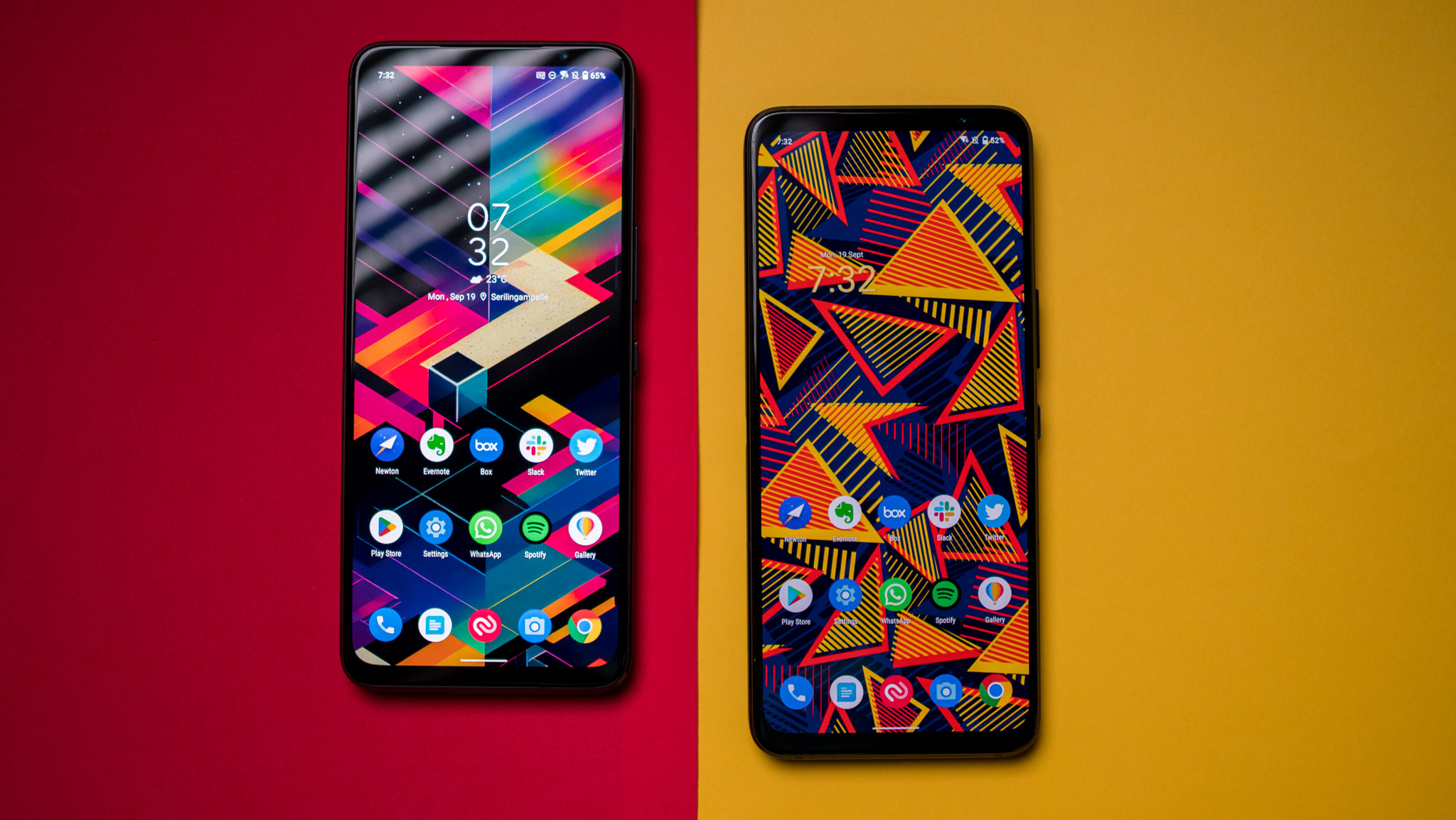
The 6.78-inch Samsung AMOLED screen is also identical, with both devices offering 165Hz refresh. There's no dynamic scaling, but you can manually select a refresh between 60,90,120,144, or 165Hz, and there's an Auto mode that switches the screen refresh based on content playing on the screen. You get the same always-on mode with a decent amount of customizability, and the same stereo sound with large drivers that produce a lot of sound.
In a similar vein, the camera is unchanged between the two devices. You get the same 50MP Sony IMX766 module for the primary lens, joined by a 13MP wide-angle lens and a dedicated macro shooter.
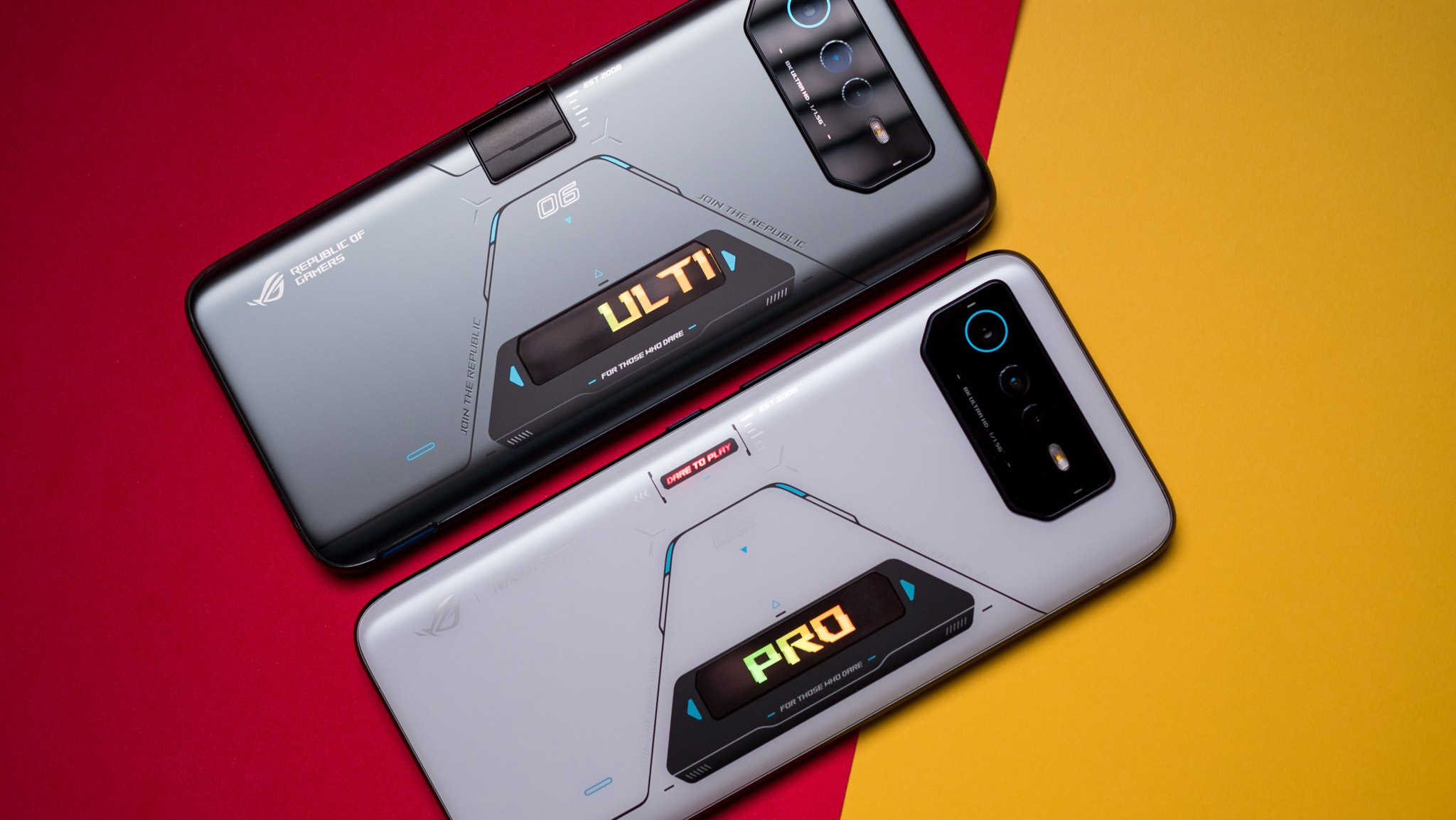
There isn't much of a noticeable difference when taking photos or videos with either device, and while the Sony IMX766 delivers decent shots in its own right, it isn't quite on par with the best Android phones. It's clear that camera prowess isn't a huge priority for ASUS here, but that said, the cameras here are much better than their predecessors.
Both phones have the same 6000mAh battery as well, with dual 3000mAh cells slotted on either side of the mainboard. They both charge at 65W over the USB PD standard, and easily last over a day even with heavy use. There's no variance between the MediaTek and Qualcomm versions with regards to battery life, and both phones deliver stellar figures in this area.
ASUS ROG Phone 6D Ultimate vs. ROG Phone 6 Pro: What's different
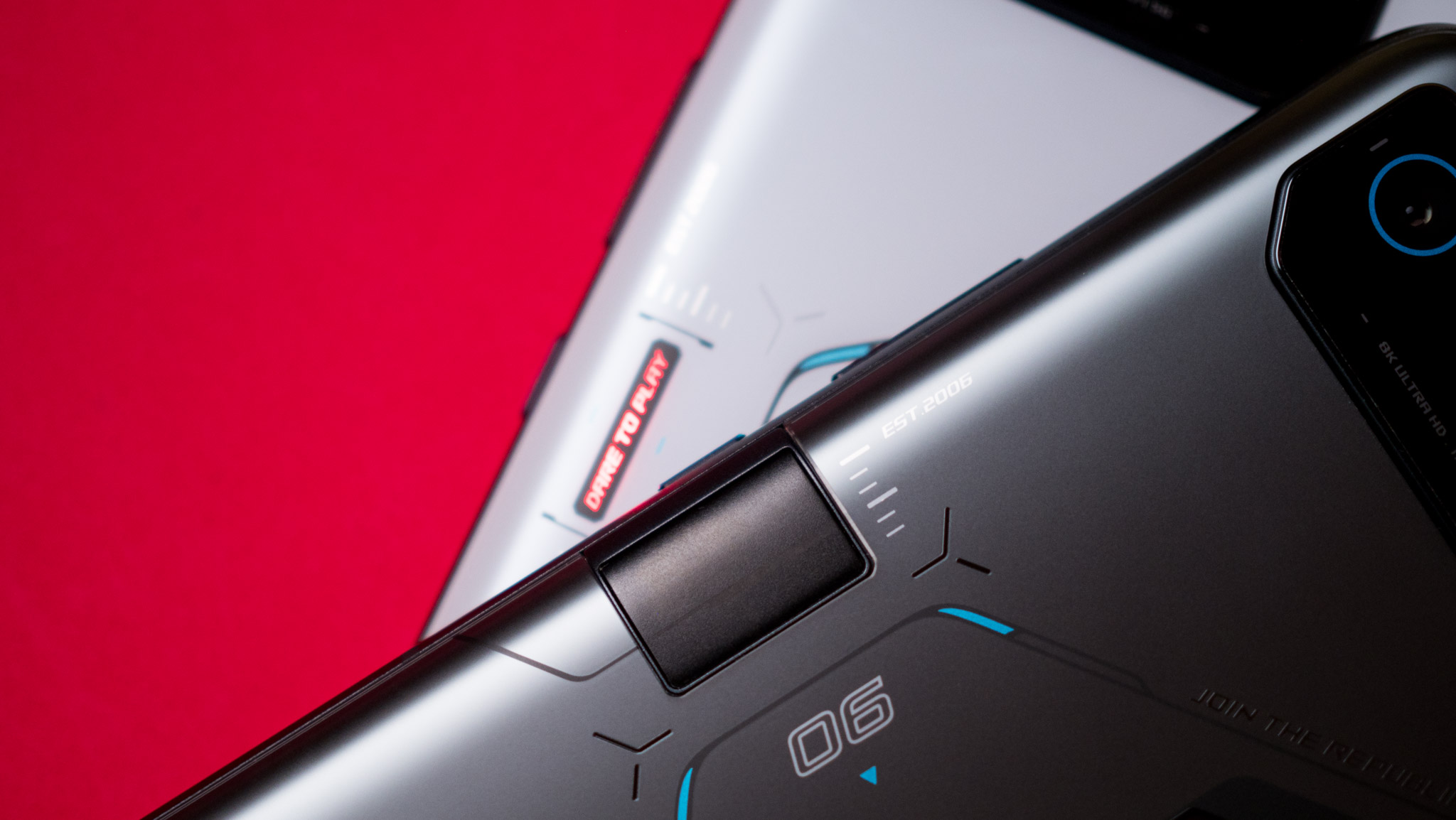
The key difference between the two devices is the internal hardware. The ROG Phone 6D Ultimate features the MediaTek Dimensity 9000+ with the Cortex X2 core going up to a crazy 3.35GHz, Cortex A710 cores at 3.2GHz, and A510 cores at 1.80GHz. Switching to MediaTek is an interesting choice by ASUS, as there aren't many high-end phones that feature the brand's designs. That said, I'm glad the Dimensity 9000+ secured a major design win, because it has a lot of potential.
The ROG Phone 6 Pro, meanwhile, is powered by Qualcomm's Snapdragon 8+ Gen 1, and although doesn't hit the same clock speeds as the Dimensity 9000+, it offers incredible performance. Gaming has always been a major differentiator for Qualcomm, and the Adreno 730 pulls ahead of the Mali-G710.
| Category | ASUS ROG Phone 6D Ultimate | ASUS ROG Phone 6 Pro |
|---|---|---|
| CrossMark (Overall) | 1116 | 1123 |
| Productivity | 1181 | 1113 |
| Creativity | 1001 | 1132 |
| Responsiveness | 1292 | 1196 |
| Geekbench 5.1 (single-core) | 1396 | 1306 |
| Geekbench 5.1 (multi-core) | 4586 | 3654 |
| 3DMark Wild Life Extreme (score) | 2641 | 2817 |
| 3DMark Wild Life Extreme (FPS) | 15.8 | 16.8 |
That said, the Dimensity 9000+ pulls out ahead for multi-core use cases, and it is the fastest Android phone at the moment in this area, bested only by the A16 Bionic. MediaTek deserves credit for the gains it made on the gaming side of things, and while it is marginally behind Qualcomm, it has made up a lot of ground.
Continuing with the internal hardware, the ROG Phone 6D Ultimate gets 16GB of LPDDR5X RAM while the Phone 6 Pro gets 18GB of LPDDR5 RAM as standard. ASUS notes that the LPDDR5X standard maxes out at 16GB, so it went with slightly less memory side in favor of higher frequencies. Honestly, anything over 10GB is overkill on Android, and there's more than enough headroom for multitasking and demanding workloads on either device. Both come with 512GB of UFS 3.1 storage.
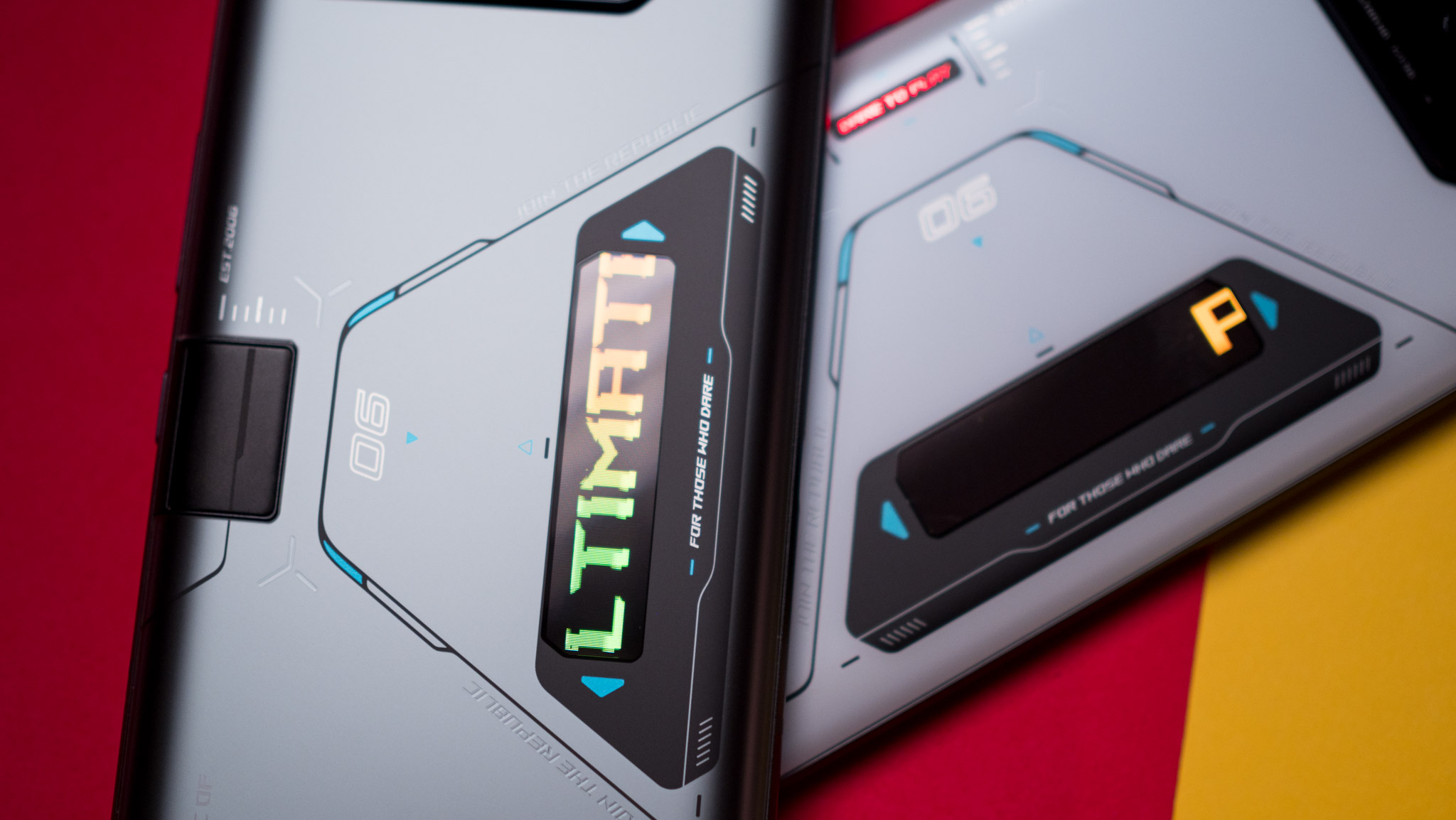
The other major difference has to do with thermal management. The ROG Phone 6D Ultimate gets a new internal cooling system dubbed AeroActive Portal, where a slot on the back opens up to funnel cool air into the chassis to ensure it doesn't overheat during extended gaming sessions. This is used in conjunction with the AeroActive Cooler that's bundled in the package with the device. You can use the cooler with the ROG Phone 6 Pro as well, but it isn't included in the box.
The addition of the hinge makes a difference, and with the same workloads, the ROG Phone 6D Ultimate is roughly three degrees Celsius cooler. That may not seem like much, but it ensures the Dimensity 9000+ has a little bit more headroom in this particular area.
ASUS ROG Phone 6D Ultimate vs. ROG Phone 6 Pro: Which should you buy?
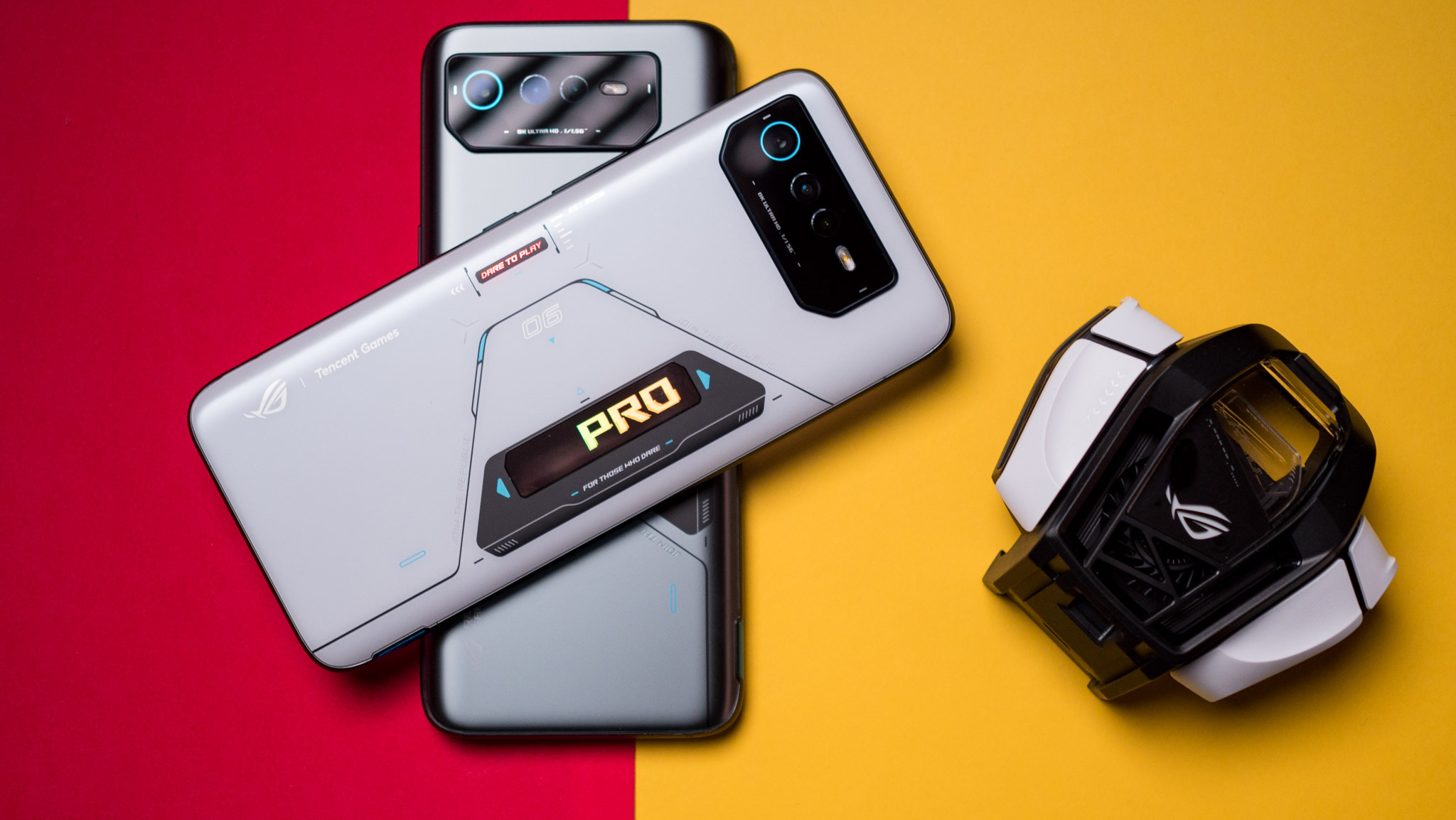
ASUS did a great job with either device, and choosing between the two comes down to whether you want to go with Qualcomm or MediaTek. Qualcomm hardware powers the best Android phones, and it is a known quantity in the high-end category. But if you like what MediaTek is doing with its Dimensity series and want to try something a little different, the ROG Phone 6D Ultimate has plenty to offer.
Choosing between the two comes down to whether you want to go with Qualcomm or MediaTek.
ASUS isn't bringing the ROG Phone 6D Ultimate to all global markets; because the Dimensity 9000+ doesn't have all the requisite bands for carriers in North America, the phone won't be debuting in the region. Buyers in the U.S. and Canada are limited to the Qualcomm version, but the MediaTek-powered variant is heading to the U.K. and other markets where ASUS has an official presence.
If you see yourself using the AeroActive Cooler and are interested in trying out what MediaTek has to offer, you're going to like the ROG Phone 6D Ultimate. If you don't need the extras, the ROG Phone 6 Pro is the obvious choice.
Be an expert in 5 minutes
Get the latest news from Android Central, your trusted companion in the world of Android

Harish Jonnalagadda is Android Central's Senior Editor overseeing mobile coverage. In his current role, he leads the site's coverage of Chinese phone brands, networking products, and AV gear. He has been testing phones for over a decade, and has extensive experience in mobile hardware and the global semiconductor industry. Contact him on Twitter at @chunkynerd.
